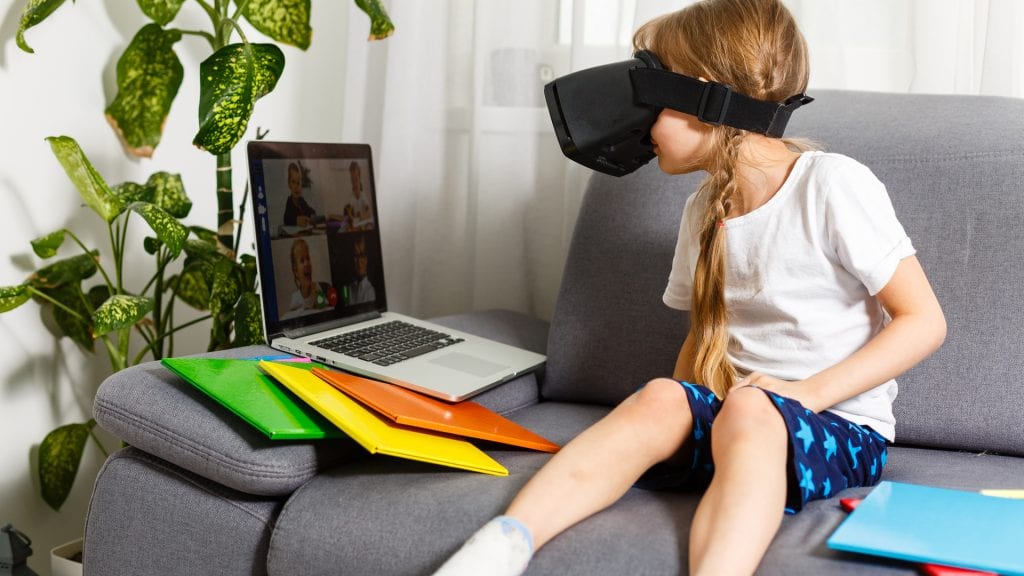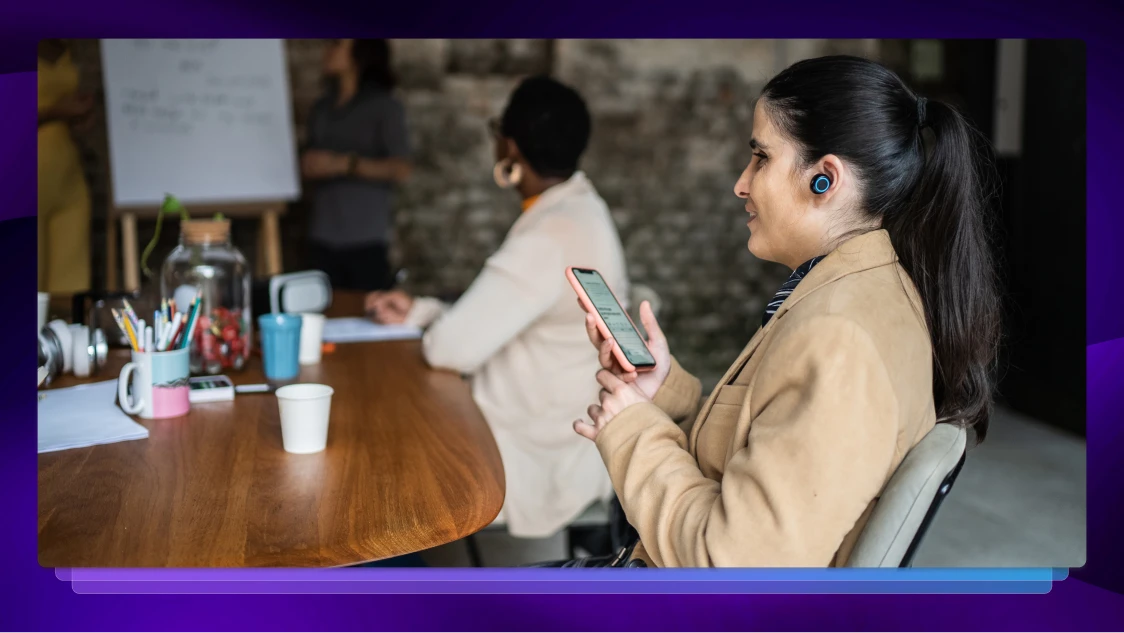5 Ways to Connect with Students Online
Virtual learning presents teachers with a lot of challenges. Here are some tips to help instructors connect with students online.

It can be a challenge for teachers to connect with students online. But the recent COVID-19 health crisis has made online teaching the current global standard, putting teachers in a tough spot. Many experienced teachers confess that building valuable relationships with their students is their greatest obstacle in the virtual classroom. After all, it’s this trust that drives communication and in-depth learning.
Fostering connections between students and teachers without face-to-face interaction isn’t easy, but it can be done. It just takes the right tools and some creativity. Happily, we’ve managed to find a number of methods and tools that can help you create a nurturing online teaching environment.
Learn how eductors are increasing student engagement with Rev
1. Create informal video content
Teaching was already challenging, but online classes and hybrid learning models present a whole new set of obstacles for educators. Online learning makes it difficult for teachers to read social cues like eye contact, body language, tone of voice. That’s why it’s imperative for them to try to increase interaction with students to ensure they remain attentive and engaged.
Creating informal video content like class announcements and personalized messages can humanize the often isolating online experience. These videos don’t have to be lengthy, and they don’t have to be overly produced. In fact, sometimes, the more informal the better. By letting their students see who they really are, educators can encourage students to open up and invest in the class.
It can even help teachers to address their own challenges during this difficult time, letting students know they’re not alone. Building that sense of community in a classroom is important when students may not be able to meet in person.
Like regular coursework, this informal video content should be accessible and inclusive for all students. Adding captions to your prerecorded class announcements and personal messages ensures that they’ll reach a wider audience, including students who may be deaf or hard of hearing.
2. Virtual Office Hours
When teaching a large number of students, it’s important to reserve time for out-of-class interaction. This rule applies to both in-person and online courses. Because online teaching involves a unique set of challenges, it’s important for educators to clearly establish times when they’re available to engage with students and answer questions.
One-on-one sessions with students to answer questions directly can help those students who may feel disconnected from the class. Teachers can also host virtual office hours for small study groups or even the whole class. Students can only engage so much with the content during traditional class time. Office hours will enrich their learning experience and establish a sense of camaraderie in the classroom.
Providing live captions for these synchronous office hours sessions will help students follow along with the discussion, especially if they’re hard of hearing or are in a location with a lot of background noise. For educators using Zoom, transcripts of virtual office hours sessions can help students as a study aid ensuring they didn’t miss anything from the discussion.
It may also be good to set up an online method of communication where students can post their questions, opinions, or insights. This way they can cover more material outside of an educator’s limited office hours. If educators do go this route, it’s crucial to check the forum and interact with students regularly.
3. Structure time for students to build personal connections outside of class
In-person class allows students to become closer and even build friendships based on common interests outside of schoolwork. But the inherent physical distance of online classes can stunt meaningful communication between students. That’s why teachers should help students structure time with their peers to not only discuss the coursework, but to build personal connections as well. Discussion and personal reflection prompts can help spark conversations.
4. Involve students in the decision-making process
One of the best ways to find out what the students need is to simply ask them and then offer choices. Including them in the decision-making process will demonstrate that educators value their opinions and are making a concentrated effort to ask for student involvement.
Polling solutions like Google Forms or SurveyMonkey, or even the discussion boards within a Learning Management System (LMS), can help instructors gather feedback. When students can help steer the conversation, they often become more engaged in the learning process. People are, generally, better contributors to projects when they have a stake in them.
Teachers may also use technology to introduce tests or pop quizzes related to the class. Even if the results of the test will not count towards the final grade, the effort of having to take the examination will help bookmark a certain portion of the course. Also, it will inform the teacher about what information is most easily retained by the students.
5. Relate to real life-issues and offer flexibility
Teaching online courses requires plenty of work and training. In trying to maintain a certain standard, it is sometimes easy to overlook the fact that students are people facing the same occasional personal issues as anyone else. Your goal is to personalize your lessons and adapt your methods so that the class is most helpful to your pupils.
Especially in a time when educators, students, and their families are dealing with a pandemic in different ways, there will be those who may fall behind in their work. Health, monetary, and family issues can affect everyone. By speaking openly and actively seeking a solution, instructors can build long-lasting connections with their students.
Why building connection with online students is vital
Online teaching is likely to stay popular as the COVID-19 pandemic continues to sow uncertainty in schools across the world. However, whether it’s through a screen or face-to-face, an authentic sense of connection between teacher and students is vital. These connections do not occur accidentally — it takes effort. But with the right tools and the right attitude, instructors can relate with their students, build lasting connections, and enrich the learning process.















